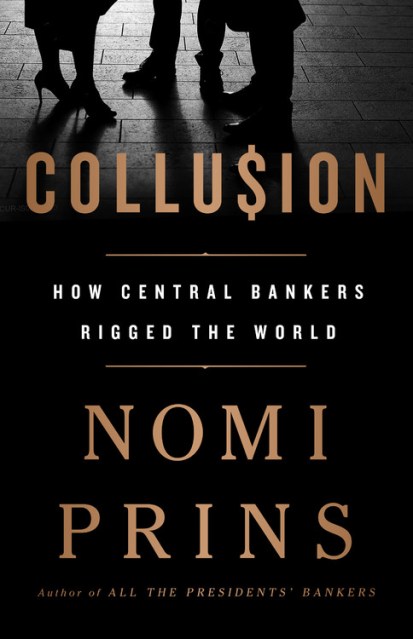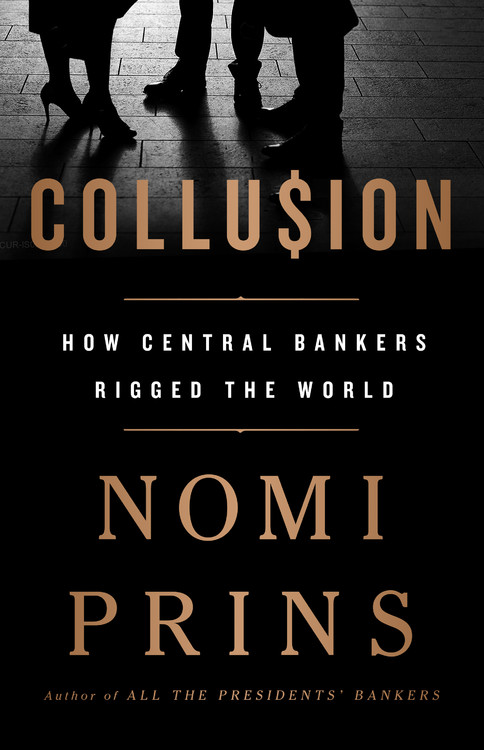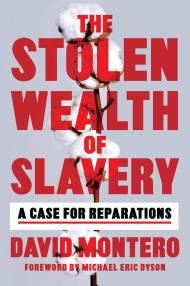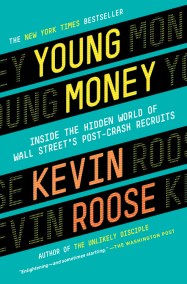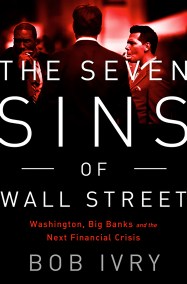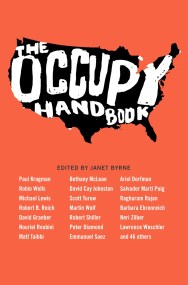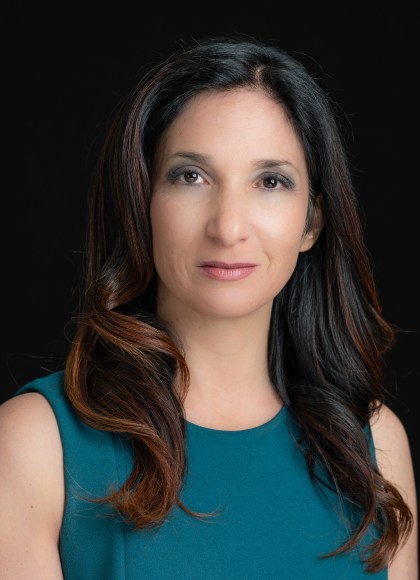Collusion
How Central Bankers Rigged the World
Contributors
By Nomi Prins
Formats and Prices
Price
$18.99Price
$23.99 CADFormat
Format:
- Trade Paperback $18.99 $23.99 CAD
- ebook $11.99 $14.99 CAD
- Audiobook Download (Unabridged)
This item is a preorder. Your payment method will be charged immediately, and the product is expected to ship on or around May 7, 2019. This date is subject to change due to shipping delays beyond our control.
Also available from:
Central banks and international institutions like the IMF have overstepped their traditional mandates by directing the flow of epic sums of fabricated money without any checks or balances. Meanwhile, the open door between private and central banking has ensured endless opportunities for market manipulation and asset bubbles — with government support.
Through on-the-ground reporting, Prins reveals how five regions and their central banks reshaped economics and geopolitics. She discloses how Mexico navigated its relationship with the US while striving for independence and how Brazil led the BRICS countries to challenge the US dollar’s hegemony. She explains how China’s retaliation against the Fed’s supremacy is aiding its ongoing ascent as a global superpower and how Japan is negotiating the power shift from the West to the East. And she illustrates how the European response to the financial crisis fueled instability that manifests itself in everything from rising populism to the shocking Brexit vote.
Packed with tantalizing details about the elite players orchestrating the world economy — from Janet Yellen and Mario Draghi to Ben Bernanke and Christine Lagarde — Collusion takes the reader inside the most discreet conversations at exclusive retreats like Jackson Hole and Davos. A work of meticulous reporting and bracing analysis, Collusion will change the way we understand the new world of international finance.
-
"Prins is that rare combination of real-world expertise, scholarly method, and a brilliant writing style. Collusion is urgent and timely. A must-read for savers, students, journalists, and public officials."James Rickards, bestselling author of Currency Wars and The Death of Money
-
"[An] unflinching, troubling exposé... well worth a close read by anyone looking to understand the roots of the last crash and prepare for the next."Publishers Weekly
-
"After the 2008 economic collapse, central banks created $21 trillion of money to stave off a global depression. But who got all that new money? And how was it used? The always insightful Nomi Prins, after traveling the globe for answers, reveals the shocking truth-and she does it in plain English so everyone can understand the awful facts."David Cay Johnston, bestselling author of It's Even Worse Than You Think
-
"Prins has emerged as one of the fiercest critics of crony capitalism and its sustained attacks against poor and working people. This is the book that the financial elites don't want you to read."Jeremy Scahill, Academy Award-nominee, bestselling author of Blackwater, and cofounder of The Intercept
-
"Meet the Lords of Finance of the twenty-first century. Prins' in-depth reporting explores how central bankers' political aspirations came to supersede their duties to safeguard their economies. With few options, central bankers will become more desperate with hopes that more collusion will save the day. Read this book to understand how very wrong they are and to fully grasp the danger that lies in wait."Danielle DiMartino Booth, author of Fed Up and former Federal Reserve advisor
-
"The US doesn't have a financial press. It has something better-Nomi Prins. Read this book to understand the central bank conspiracy against the world economy."Paul Craig Roberts, former Wall Street Journal editor and assistant secretary of the US Treasury
-
"Central banks, led by the Federal Reserve, are the opioids for private banks addicted to being reckless with other people's money. Prins, drawing from her previous work in Wall Street firms and her present field research around the world, says, 'We are headed for another epic fall.' Taxpayers, workers and consumers who will suffer from another bailout, all better read this clear, concise, compelling book."Ralph Nader
-
"Scarier than Stephen King horror fiction. Prins, a refugee from Goldman Sachs, tells the truth on her fellow banksters and their abuse of the scary uber-power they wield when they take control of money-printing machinery of the world's central banks. Astonishingly, she got deep inside these secretive power chambers-and came out alive with truly fascinating tales of the blood diamonds of global finance. I particularly enjoyed, if you can use that word, her exposure of the cruelty and cupidity of the banking potentates who suffocated Greece to please the gods of Markets and Mammon."Greg Palast, author of The Best Democracy Money Can Buy
-
A somber, important warning that's likely to cause readers to wonder about the safety of their assets, if not fear for the near-term future.Kirkus Reviews
-
"Captivating... an exposé of the highest order - an all-inclusive and wide-ranging attempt to draw back the curtain and illuminate those who are truly pulling the strings controlling the progression of world events... Prins leaves virtually no stone unturned in this comprehensive and mesmerizing indictment... Prins is able to write with an authority virtually nonexistent - or certainly unrivaled - among her peers."Bowling Green Daily News
- On Sale
- May 7, 2019
- Page Count
- 384 pages
- Publisher
- Bold Type Books
- ISBN-13
- 9781568589435
Newsletter Signup
By clicking ‘Sign Up,’ I acknowledge that I have read and agree to Hachette Book Group’s Privacy Policy and Terms of Use
